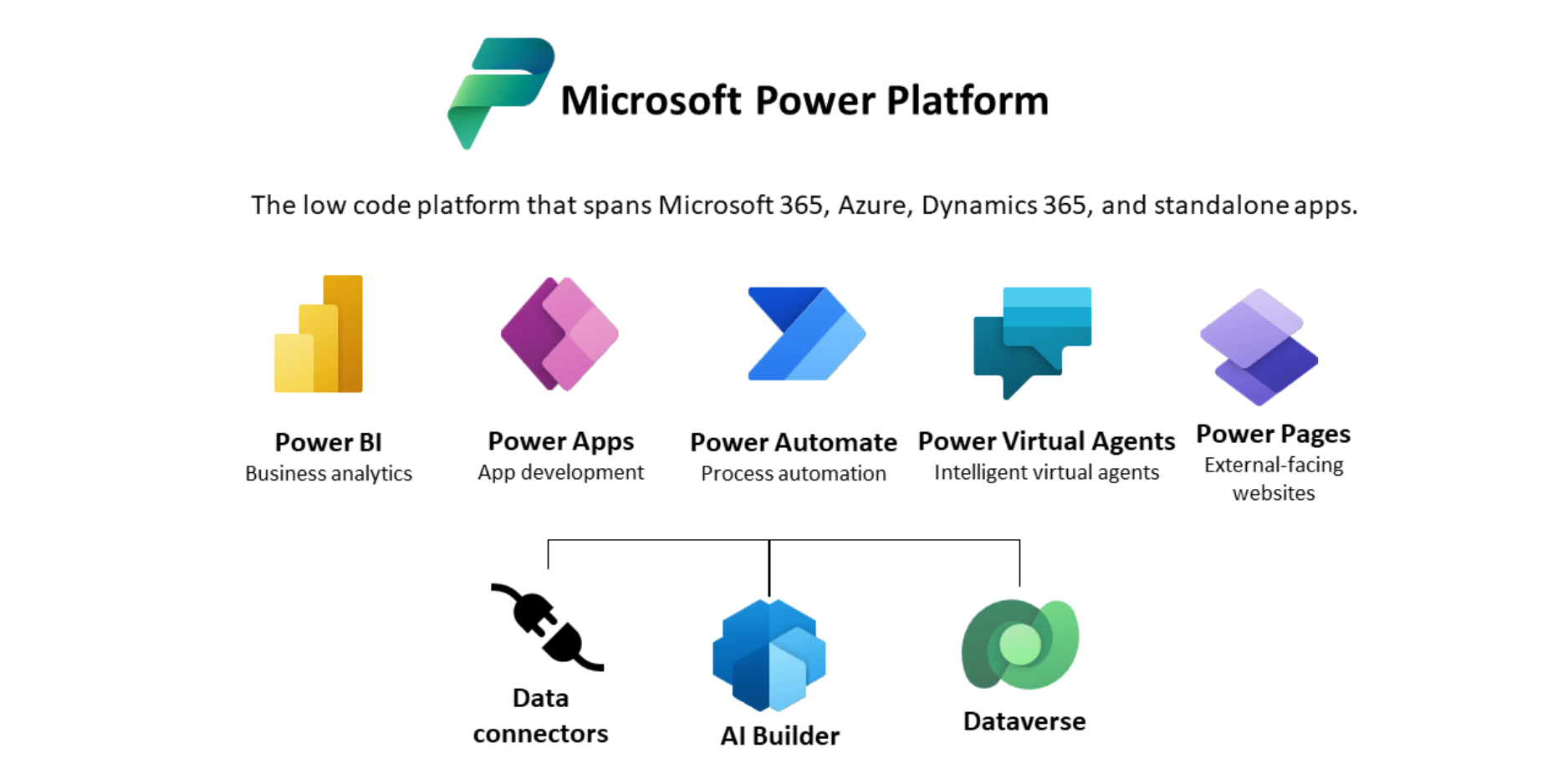Workflows optimization using the Power Platform
Workflow optimization is an important and even fundamental element of successful business management in modern conditions when digital transformation is synonymous with development and success. This includes improving work processes to ensure efficiency growth and high productivity and performance quality of assigned tasks.
The main stages of workflow optimization
- Analysis of current processes: identification of weak points, unnecessary process components, and opportunities for automation and optimization.
- Routine task automation: reducing the amount of routine work to increase efficiency and speed up task performance.
- Implementation of best practices: standardization of work processes to achieve better efficiency.
- Employee training: for mastering and successful use of new technologies.
- Monitoring and analytics: to identify opportunities for further optimization.
Choosing a platform to optimize workflows
Workflow optimization is an important strategy for achieving competitive advantages and successful business operation in today's business environment. What platform should I choose to implement this task? There are many effective systems for optimizing business processes on the market, but the majority of modern successful businesses prefer a reliable product from Microsoft, namely Power Platform.
Using Power Platform for business management is an opportunity to get a number of tools developed on the basis of Microsoft:
- Power BI — for data analysis;
- Power Apps — for creating applications;
- Power Automat — for automating routine tasks;
- Power Virtual Agents — for creating chatbots.
Benefits of using Power Platform for business management
- Productivity increase: Power Platform allows you to automate many routine tasks, allowing up to 50% increase in productivity.
- Quick change implementation: With Power Apps and Power Automate, you can quickly create and implement new applications and automated processes without writing a lot of code.
- Data analysis: When business data is integrated correctly and systematically, Power BI allows users to analyze large volumes of data and create reports and visualizations that help make informed management decisions.
- Saving resources: Using Power Platform allows you to save time and money on software development and implementation since most tools can work without the additional involvement of technical specialists.
- Flexibility and scalability: Power Platform makes it easy to adapt to changes in business needs and scale the solution based on business growth.
Using Power Platform can help businesses to:
- increase work efficiency (from 10 to 50%);
- reduce costs (by 20% or more);
- increase competitiveness in the market (by 20-30%).
This integrated platform provides extensive opportunities for automation and process optimization, making it an essential tool for today's companies.
The implementation of Power Platform is an important step for optimizing business processes and increasing work efficiency for companies that put the business automation process in the first place.
Power Platform implementation features
- Implementation strategy: development of a clear implementation strategy that includes goals and tasks, selected solutions based on Power Platform, and an action plan for implementation;
- Choosing the right tools: Power Platform consists of several tools:
- Power BI for data analytics;
- Power Apps for creating applications;
- Power Automate for process automation;
- Power Virtual Agents for creating chatbots.
It is important to choose the tools that best suit your company's needs.
- Integration with existing systems: It is important to ensure that the platform integrates with existing company systems such as CRM, ERP, databases, and more. This will ensure smooth operation and data exchange between different systems.
- Employee training: One of the key components of a successful implementation is employee training using Power Platform. Empowering employees to learn new tools will allow them to reach their full potential.
- Ongoing support and optimization: After implementation, the system must be continuously supported and optimized over time, taking into account changes in business requirements and the technological environment.
So, if optimization is the search for better ways of company development, then Power Platform from Microsoft is the optimal solution for effective optimization.

